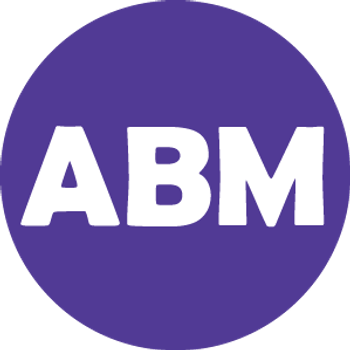Aluminium Chloride Hexahydrate (6H2O) AR, Bendosen (500g) CAS No 7784-13-6
RM 65.00
1. Formula = Al(H2O)6Cl3
2. CAS No.: 7784-13-6
3. M = 241.43g/mol
4. Assay (Complexometric) : 97.0-102%
5. Description: White or slightly yellow deliquescent powder
Aluminium chloride (AlCl3), also known as aluminium trichloride, is the main compound of aluminium and chlorine. It is white, but samples are often contaminated with iron(III) chloride, giving it a yellow color. The solid has a low melting and boiling point. It is mainly produced and consumed in the production of aluminium metal, but large amounts are also used in other areas of the chemical industry. The compound is often cited as a Lewis acid. It is an example of an inorganic compound that reversibly changes from a polymer to a monomer at mild temperature.
The hexahydrate consists of octahedral [Al(H2O)6]3+ centers and chloride counterions. Hydrogen bonds link the cation and anions.[14] The hydrated form of aluminium chloride has an octahedral molecular geometry, with the central aluminum ion surrounded by six water ligand molecules. This means that the hydrated form cannot act as a Lewis acid since it cannot accept electron pairs, and thus this cannot be used as a catalyst in Friedel-Crafts alkylation of aromatic compounds.
2. CAS No.: 7784-13-6
3. M = 241.43g/mol
4. Assay (Complexometric) : 97.0-102%
5. Description: White or slightly yellow deliquescent powder
Aluminium chloride (AlCl3), also known as aluminium trichloride, is the main compound of aluminium and chlorine. It is white, but samples are often contaminated with iron(III) chloride, giving it a yellow color. The solid has a low melting and boiling point. It is mainly produced and consumed in the production of aluminium metal, but large amounts are also used in other areas of the chemical industry. The compound is often cited as a Lewis acid. It is an example of an inorganic compound that reversibly changes from a polymer to a monomer at mild temperature.
The hexahydrate consists of octahedral [Al(H2O)6]3+ centers and chloride counterions. Hydrogen bonds link the cation and anions.[14] The hydrated form of aluminium chloride has an octahedral molecular geometry, with the central aluminum ion surrounded by six water ligand molecules. This means that the hydrated form cannot act as a Lewis acid since it cannot accept electron pairs, and thus this cannot be used as a catalyst in Friedel-Crafts alkylation of aromatic compounds.
×
×


